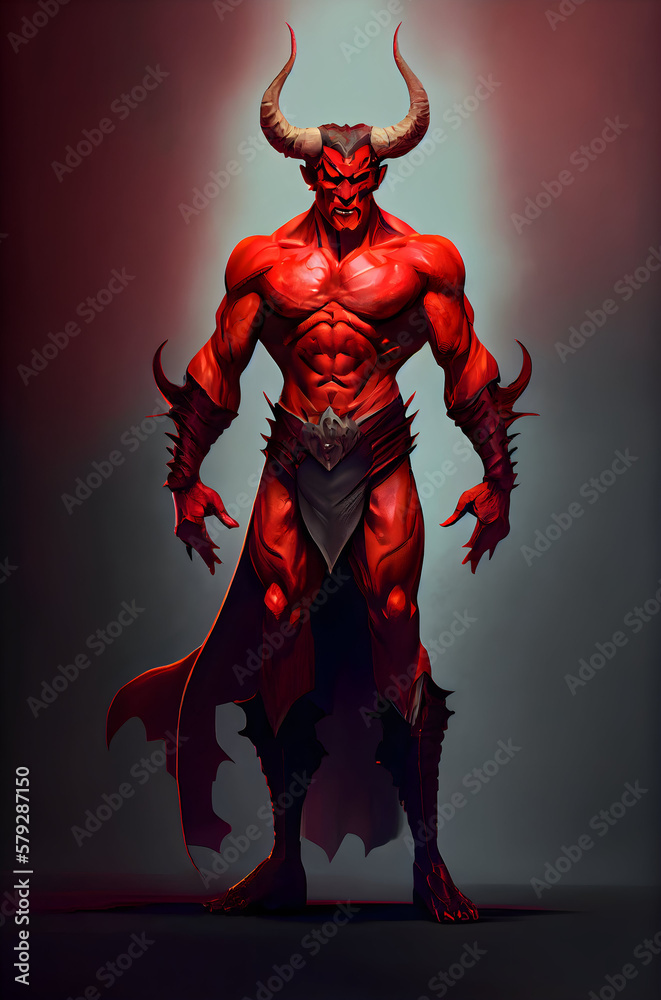The Devil card is one of the most provocative and enigmatic symbols found within the realm of tarot. Often evoking feelings of both intrigue and trepidation, this card serves as a mirror reflecting our inner struggles, temptations, and the complexities of human nature. Its imagery is steeped in both historical context and psychological nuance, making it a source of fascination for tarot enthusiasts and skeptics alike.
Typically depicted as a horned creature, often associated with satanic iconography, the Devil in tarot serves a multifaceted purpose. Primarily, it embodies the concept of bondage—not necessarily in the physical sense, but in the realm of psychological and emotional entrapments. This is a reflection of the human condition, where individuals can feel imprisoned by their own addictions, desires, or choices. The antagonist of personal freedom, this card compels us to confront the chains we have forged ourselves.
One of the most compelling aspects of the Devil card is its dichotomy. It embodies sensations of both fear and allure. On one hand, it represents the very essence of temptation, often illustrating a discomforting truth: that we are drawn to that which captivates us, even if it is harmful. On the other hand, this card implores us to embrace shadow aspects of our personality; it encourages a reconciliation with our darker impulses rather than throwing them into the abyss of denial. This tension straddles the boundary between trust and trepidation, allowing for a multitude of interpretations.
To further dissect the meaning of this powerful card, one must examine its numerological significance. The Devil is often associated with the number 15, which can be reduced to a single digit: 6. The number six traditionally refers to harmony and balance; however, in the context of the Devil card, it juxtaposes these familiar themes against our inner chaos. Thus, the Devil poses a question: what happens when we veer too far from our center? This card serves as a gauge of our equilibrium. Are we nurturing our habits, or succumbing to our desires?
Additionally, the symbolism intricately woven into the Devil card merits exploration. The chains depicted within its imagery serve as a metaphor for the bondages of the psyche. Notably, the chains are loose enough for the figures in the card to escape, symbolizing that release is possible through awareness and choice. The question arises, however: why do so many choose to remain in bondage? Such a choice reflects an innate struggle with self-identity and existential questioning. The very essence of human desire is encapsulated in this card—a conundrum of seeking pleasure while grappling with the potential for self-destruction.
The presence of figures at the foot of the Devil also signals important thematic undercurrents. These individuals are usually portrayed in a subservient position, highlighting the loss of agency that can accompany widespread addiction or unhealthy attachments. This imagery compels us to introspect; it beckons us to question our own “devils” and understand how they manifest in our lives. Are we, too, succumbing to external pressures and societal expectations that restrict our spiritual growth?
Another layer of the Devil’s meaning manifests in the realm of materialism. In a world driven by consumerism and the relentless pursuit of satisfaction, this card emerges as a cautionary figure. The entrapments of modern life can obscure our true desires and aspirations. The Devil doesn’t shun pleasure; rather, it provides a critical lens through which we can examine the consequences of untempered indulgence. This paradox intrigues our fascination, as we grapple with the balance between earthly pleasures and spiritual fulfillment.
Furthermore, the occurrence of the Devil card in a reading often hints at the necessity for liberation. Those who encounter this card may find themselves forced to confront their dependencies, whether they be substances, relationships, or societal constructs. The energy of the Devil urges individuals to reclaim their autonomy, demonstrating that true empowerment comes from recognizing the shadows that exist within us and courageously choosing to transcend them.
As riveting as its meanings, the interpretations of the Devil card are not universally sinister. Enlightenment and personal growth are deeply entwined within its narrative. By acknowledging our limitations and recognizing our vulnerabilities, we create the space necessary for transformation. In this manner, the Devil becomes a facilitator of enlightenment. This duality is pivotal to the powerful resonance of this card, as it challenges us to emerge from our shadowy corners and embrace authenticity.
In conclusion, the Devil card in tarot serves as a profound allegory reflecting the dual nature of existence—the perpetual tussle between alluring temptation and the quest for liberation. Its intricate imagery and layered symbolism expose the complexities of human desire, urging us to confront our inner demons and reclaim our agency. Rather than merely evoking fear, this card ultimately invites introspection, growth, and a deeper understanding of our spiritual paths. The Devil, in its essence, becomes a compelling teacher, illuminating the shadows that reside within us and guiding us toward the light of self-awareness and transformation.









Leave a Comment